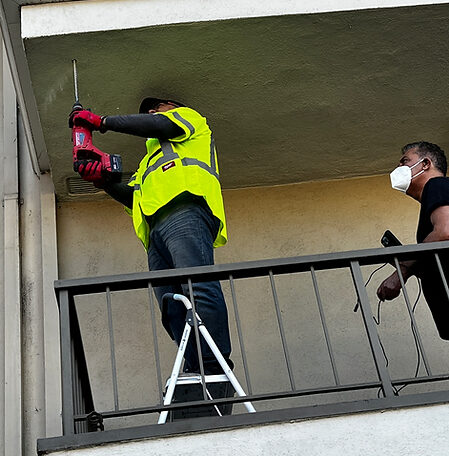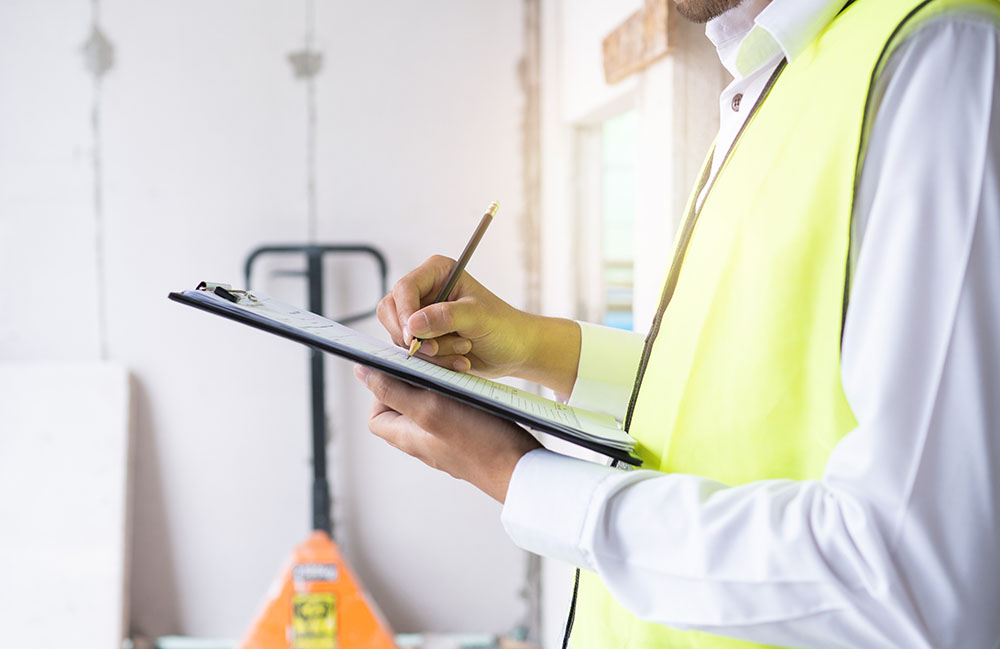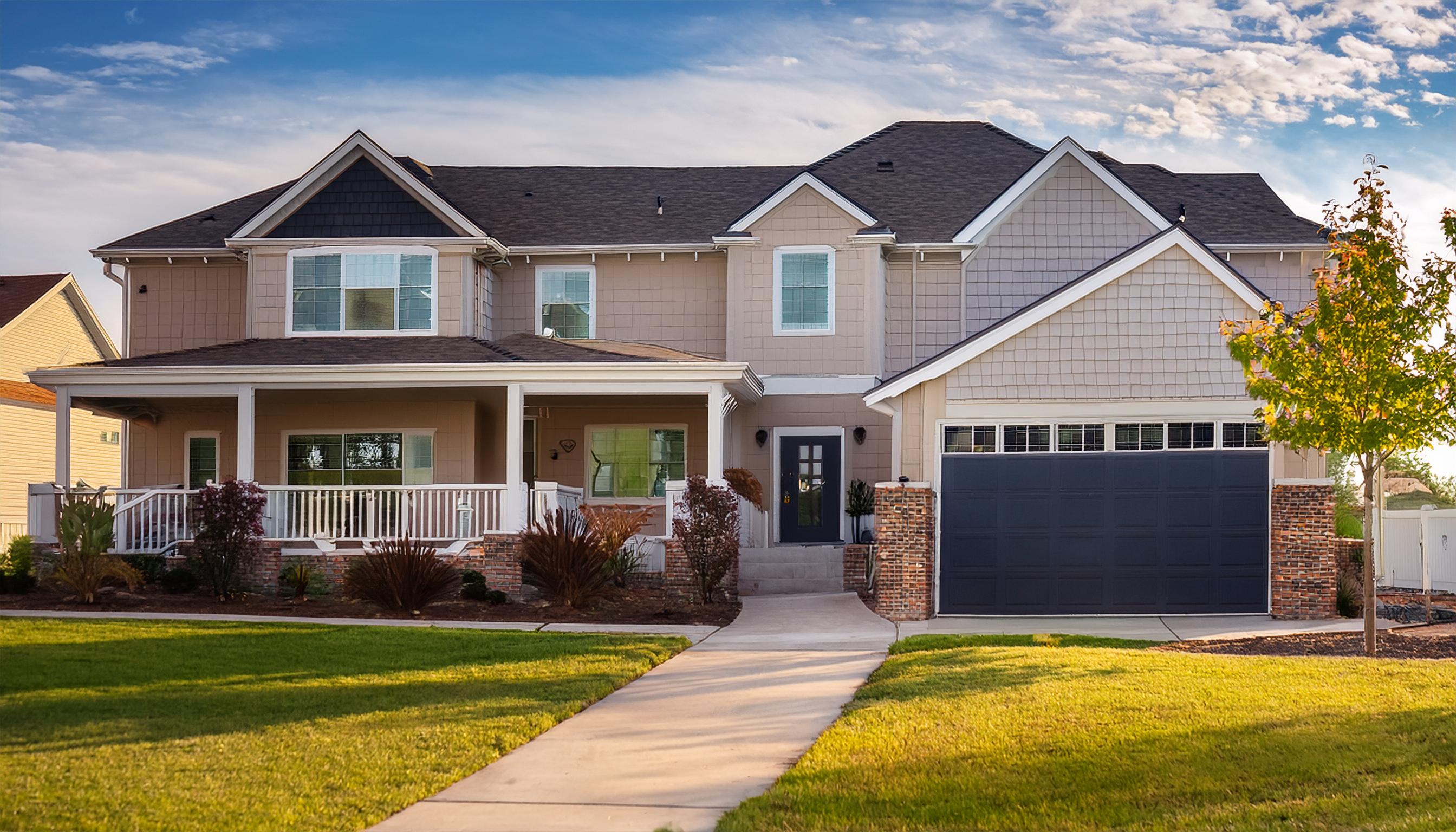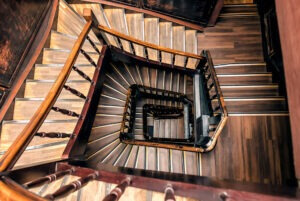Balcony inspections for Fresno's agricultural community. Address unique challenges, ensure safety, and comply with regulations. Contact DrBalcony today.
Read MoreBalcony Inspections 101: Understanding the SB 721 & SB 326 Inspection Reports

Table of Contents
For homeowners associations and property managers in California, dealing with balcony and stairway inspections mandated by laws SB 721 and SB 326 can seem like a daunting task. But understanding what inspectors look for, what the reports mean, the risks involved, and your next steps is crucial for keeping residents safe and your properties up to code.
In this guide, we’ll break down the balcony inspection process in easy-to-understand terms. By the end, you’ll be able to confidently interpret those inspection reports and know exactly how to proceed – whether that means routine maintenance or major repairs.
What Inspectors Are Looking For During The Balcony Inspection
The primary focus of SB 721 and 326 inspections is to identify any conditions that could allow water intrusion and moisture penetration into balconies, decks, walkways, stairways and their supporting structures. Why? Because water is public enemy #1 when it comes to compromising the integrity and safety of these elevated elements over time.
Inspectors will examine every nook and cranny, looking for telltale signs of deterioration like:
- Cracks in surfaces
- Rot in wood components
- Rust on metal fasteners or railings
- Unstable, shaky railings
- Signs of water intrusion through stucco or waterproofing membranes
- Properties located near the ocean (increased exposure to moisture)

Even hairline cracks and minor surface rust can indicate more serious underlying issues. Inspectors use specialized tools like borescopes to get a detailed look inside and assess the full extent of any damage.
Essentially, they’re checking for anything that defeats the purpose of waterproofing and allows moisture to reach the structural supports – a recipe for potential disaster down the road.
Deciphering Those SB 326 & SB 721 Inspection Reports
Once the inspection is complete, you’ll receive a report detailing the status of your balconies and elevated walking surfaces. There are two possible outcomes:
Pass:
Fail:
This is where things get a bit more complicated. Failed inspections are classified as either:

- Non-Emergency Repair Required (N.E.R.R): Repairs are needed, but not an immediate emergency. You’ll have 45-180 days to obtain permits and complete the work.
- Emergency Repair Required (E.R.R): Indicating serious deficiencies requiring immediate preventative measures like shoring and restricting access. Repairs must begin within 15-30 days.
Contact DrBalcony for a professional inspection!
Ensure the safety of your balcony and living space with DrBalcony - We're a Tech Engineering firm that specializes in California SB326 & SB721 balcony inspections. Over 300+ completed projects in California.
Request A Free EstimateClick To CallWhat’s At Risk If You Fail?
The consequences of failed balcony inspections go beyond just property damage – lives could be at stake with catastrophic structural failures. That’s why SB 721 and 326 have strict enforcement policies:
Non-Emergency Repair Required (N.E.R.R) Cases
For N.E.R.R cases, if repairs aren’t completed within the given timeframes (typically 45 days for the report, 120 days to obtain a permit, 180 days for construction), the owner will face escalating penalties up to civil fines.
Emergency Repair Required (E.R.R) Cases
For E.R.R situations, access to the area must be blocked off and preventative shoring installed until repairs are completed and approved by local inspectors, usually within 15-30 days. Failure to take these steps can involve the building department’s code enforcement agency.
Either way, HOAs must disclose failed inspection reports to residents and condo boards. Dragging your feet on repairs is simply not an option.
Your Next Steps After a Failed Inspection
The inspection report will provide details on the specific issues found, their potential impacts, and recommended repairs. Once you receive a failed N.E.R.R or E.R.R report:
- 1. Determine if permits are required by checking with your local jurisdiction. If so, apply within 120 days.
- 2. For E.R.R cases, take immediate preventative measures like installing temporary shoring and restricting access to unsafe areas.
- 3. Hire licensed, reputable contractors to handle the design, permitting and construction of required repairs.
- 4. Complete repairs within 120 days of permit approval for N.E.R.R, or 15-30 days for E.R.R cases.
- 5. Schedule a follow-up inspection with your local building department to approve and certify the repairs.

While it may seem like a hassle, following these protocols is essential to ensure the safety of your residents and avoid penalties or legal issues down the line.
The Bottom Line on Balcony Inspections
Dealing with balcony inspections is a fact of life for California HOAs and property managers – but it doesn’t have to be a nightmare. Approach it with the right knowledge and it’s a straightforward process to keep your properties safe and compliant.
The key things to remember:
- Inspectors are looking for any signs of water intrusion that could compromise structural integrity over time
- Understand the difference between routine “Pass” reports and failed “N.E.R.R” vs “E.R.R” cases
- Don’t delay – failed inspections come with strict timelines and potential penalties for noncompliance
- Work with licensed contractors to properly design and execute required repairs
- Stay on top of maintenance – it’s much easier than dealing with major repair projects
By taking a proactive approach to balcony inspections and repairs, you’ll have peace of mind knowing your properties meet the highest safety standards. Keeping residents safe is the ultimate priority.
Contact DrBalcony for a professional inspection!
Ensure the safety of your balcony and living space with DrBalcony - We're a Tech Engineering firm that specializes in California SB326 & SB721 balcony inspections. Over 300+ completed projects in California.
Request A Free EstimateClick To CallFAQ Section: Top Questions & Answers
My property is well-maintained. Do I really need SB-326/SB-721 inspections?
YES! Even with excellent maintenance, hidden issues can develop due to construction errors, material flaws, or severe weather exposure. Inspections are about ensuring those don’t turn into major problems.
Our balconies were inspected a few years ago – isn't that enough?
Unfortunately, no. California laws mandate inspections on a set schedule, often every 6 years. Deterioration can happen quickly, making regular assessments essential.
Can I use my regular handyman for the balcony inspection?
It’s not recommended. Unless they hold specific licenses (architect, structural engineer, etc.) their inspection won’t be considered valid for SB-326/SB-721 compliance.
What if the inspection uncovers major issues?
First, don’t panic! Early detection often means less extensive (and expensive) repairs are needed. Work with your inspector to prioritize fixes, and explore if they offer repair services for a streamlined solution.
I'm worried about the cost of inspections. Are there any resources to help?
Start by getting detailed quotes from multiple companies. Factor in that proactive inspections help you avoid even bigger costs down the line due to neglected problems. Some property management associations offer guidance on budgeting for balcony compliance.
Contact DrBalcony for a professional inspection!
Ensure the safety of your balcony and living space with DrBalcony - We're a Tech Engineering firm that specializes in California SB326 & SB721 balcony inspections. Over 300+ completed projects in California.
Request A Free EstimateClick To CallSimilar Blogs
SB326 Inspection: Your HOA’s Shield Against Liability and Costly Repairs
Don't let balcony repairs drain your HOA's budget. Discover how SB326 inspection can save you money by identifying issues early...
Read MoreBalcony Inspections 101: Understanding the SB 721 & SB 326 Inspection Reports
For homeowners associations and property managers in California, dealing with balcony and stairway inspections mandated by laws SB 721 and...
Read MoreStair Repair: How to Fix Decayed Wood and Prevent Future Damage
Stairs, the unsung heroes in our homes, HOAs, and properties, bear the burden of daily traffic, and over time, can...
Read More



